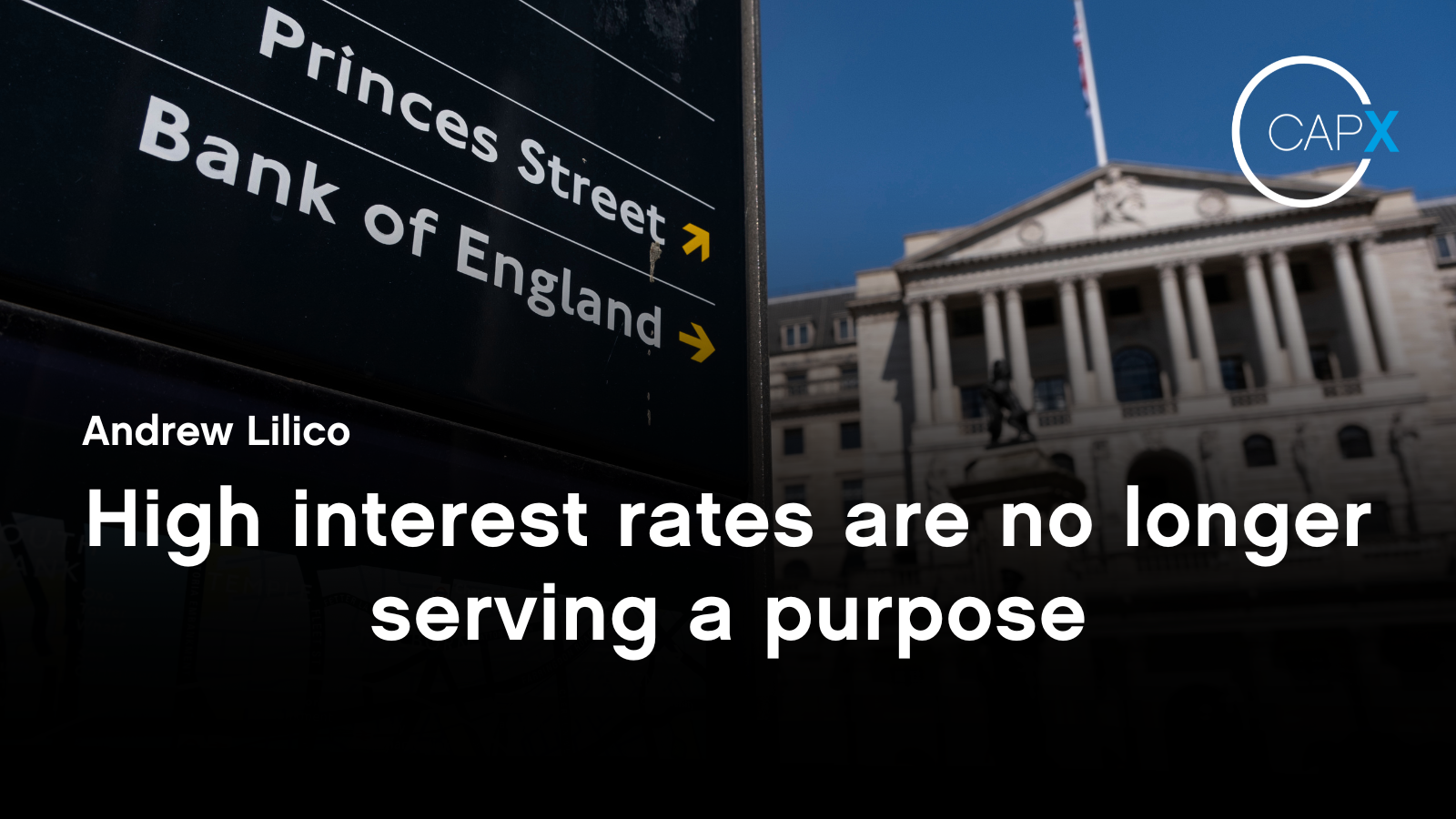On the Bank of England’s target measure of inflation, the Consumer Prices Index (CPI), inflation rose slightly in the year to July, with prices up by 2.2% versus 2% in June. A rise was expected because of the way energy prices have moved, but a rise to only 2.2% was less than anticipated. More generally, the July data released today suggests that inflation is going to undershoot the Bank’s forecasts. Core CPI (stripping out components of the index that can be volatile in the short term) was down by more than expected, from 3.5 to 3.3%. Services inflation, which the Bank’s Monetary Policy Committee had regarded as a particular concern, was down sharply (and again more than expected) from 5.7 to 5.2%.
Having got things so wrong as inflation rose to over 10% in 2022, the Bank has been very nervous about cutting rates too rapidly and allowing inflation to take off once again or persist at an elevated rate. Even in its most recent Monetary Policy Report (August 2024), associated with its first cut in rates – apart from the Covid emergency cuts of March 2020 – since August 2016, the Bank sought to reassure readers that ‘we will not cut rates too much or too quickly’.
The Bank seems to be fixated on metrics such as the rate of wage inflation – which mainstream monetary economics hasn’t thought of as a driver of inflation since the 1970s. If one were trying to be generous to the Bank, one could perhaps think that the underlying concern is about whether the huge mountain of money created during Covid might still be being absorbed into the economy (with wages being one place it might show).
Yet monetary growth has not featured in the Bank’s thinking at all. In a recent Monetary Policy Report, for the first time in many years the Bank devoted a section to the monetary data. But its conclusion was the rather odd one that monetary growth only has a robust relationship with inflation over a timescale of decades and short-term correlations are poor – something that any monetarist could have told them in advance.
The point of considering money isn’t to be able to say that money growth is 0.3% higher than average this month, so in precisely 21 months inflation will be 0.18% above target. But rather it is to point out that if money growth of 4-5% per year is consistent with 2% inflation, raising the money supply by 15% will invariably cause a spike in inflation.
The recent lesson, however, has been the opposite. From late 2022, even as inflation was peaking from the lagged effect of the earlier money surge, monetary growth was allowed to become too slow, with the peak effect being in the year to September 2023 (a contraction of over 4%). Allowing a roughly 18 month lag (though the lag may be longer, even up to well over two years), we should expect the effects of that to bite, in terms of inflation going well below target, some time from Spring 2025.
UK long-term interest rates are currently about 4%. The Bank of England’s short-term policy rate is currently 5%. So policy is tight. But what problem is this tight policy seeking to address? Inflation is at target and even on the Bank’s own forecasts, it is expected to fall below target within a couple of years. GDP growth has recently not been too bad, but there’s no reason to believe the economy is overheating. Indeed, on the Bank’s analysis there is expected to be an ‘output gap’ (i.e. the economy is expected to have grown slower than its potential).
Tight policy is not serving any purpose. We already had policy tight enough to get inflation down (as demonstrated by the monetary data). We need to trust that this will take effect and start looking ahead. And looking ahead there is ample scope to get interest rates down. Excessively high rates will be unnecessarily impeding growth at a time the economy should be seizing the opportunity for investment in emerging new technologies. Now is when we need rates lower, not later.
Andrew Lilico is an economist and writer.
Columns are the author’s own opinion and do not necessarily reflect the views of CapX.

